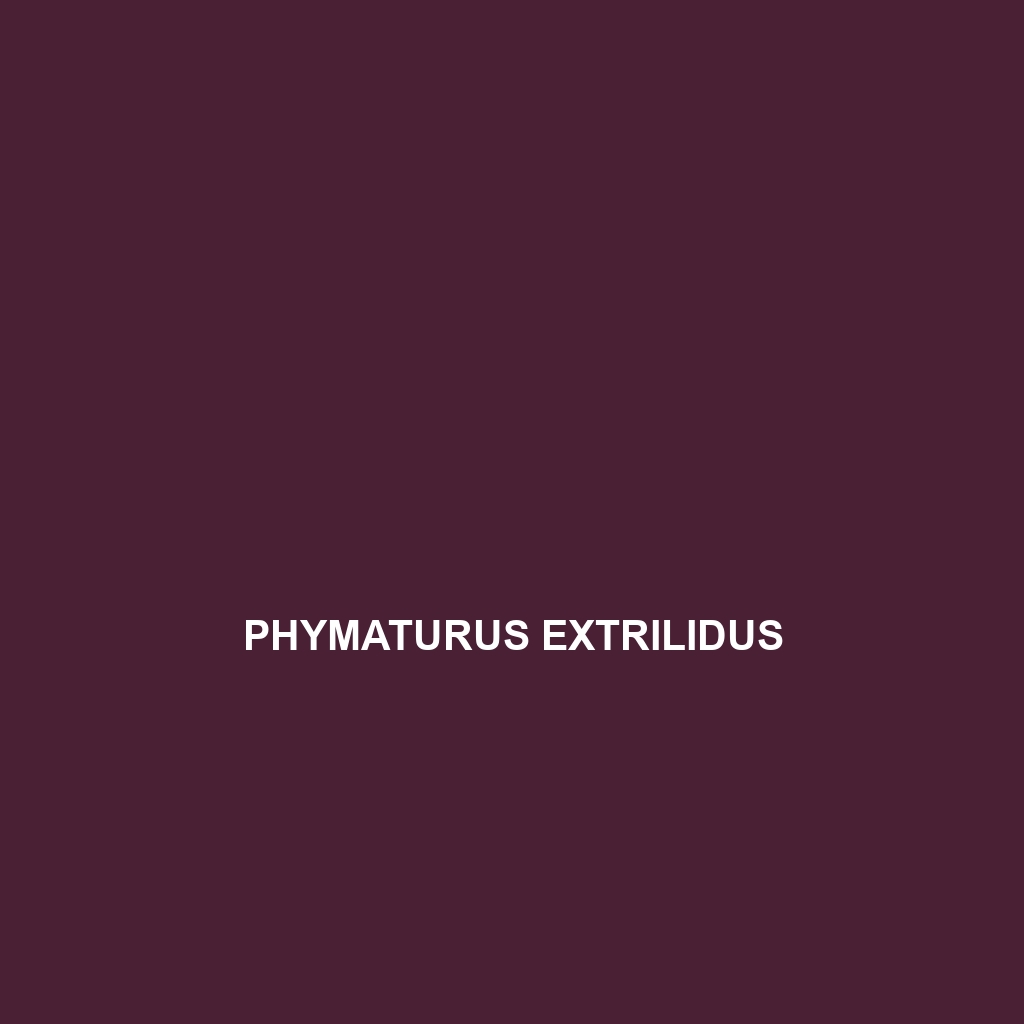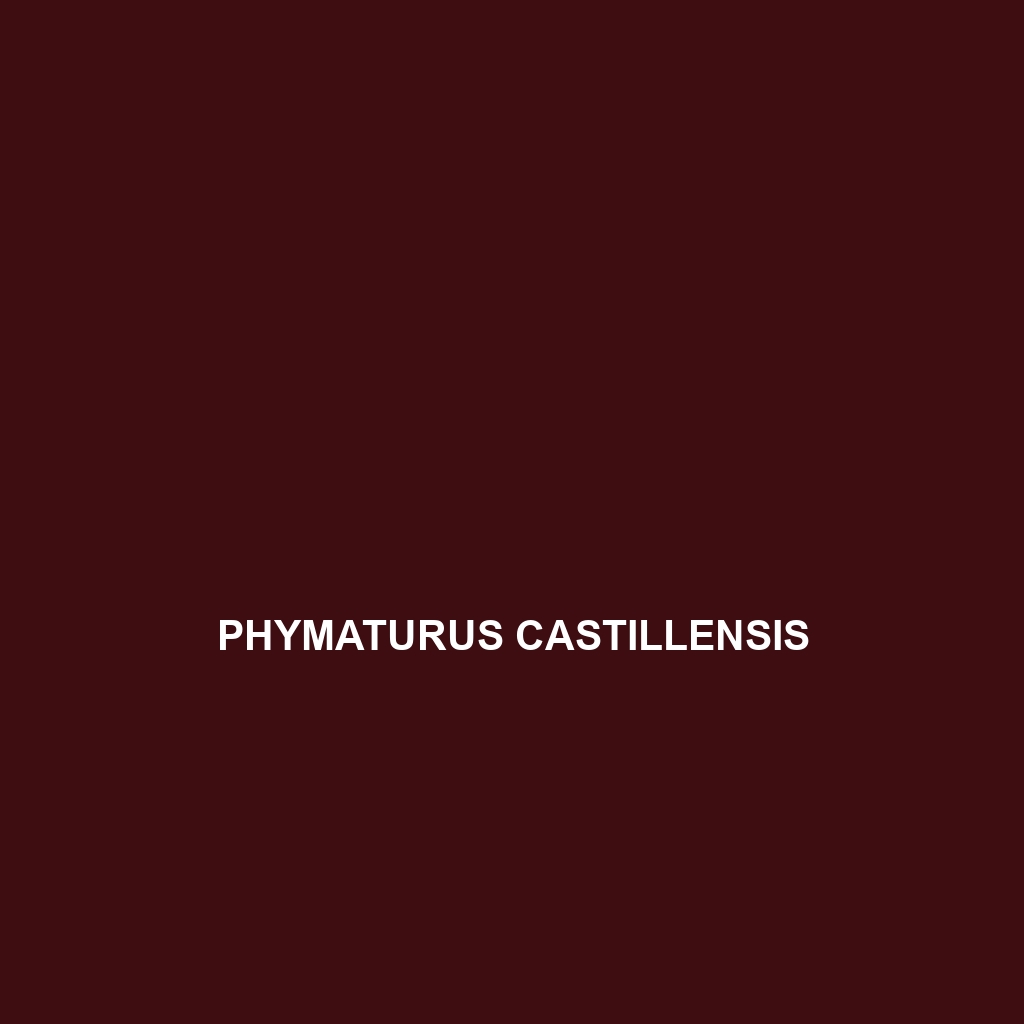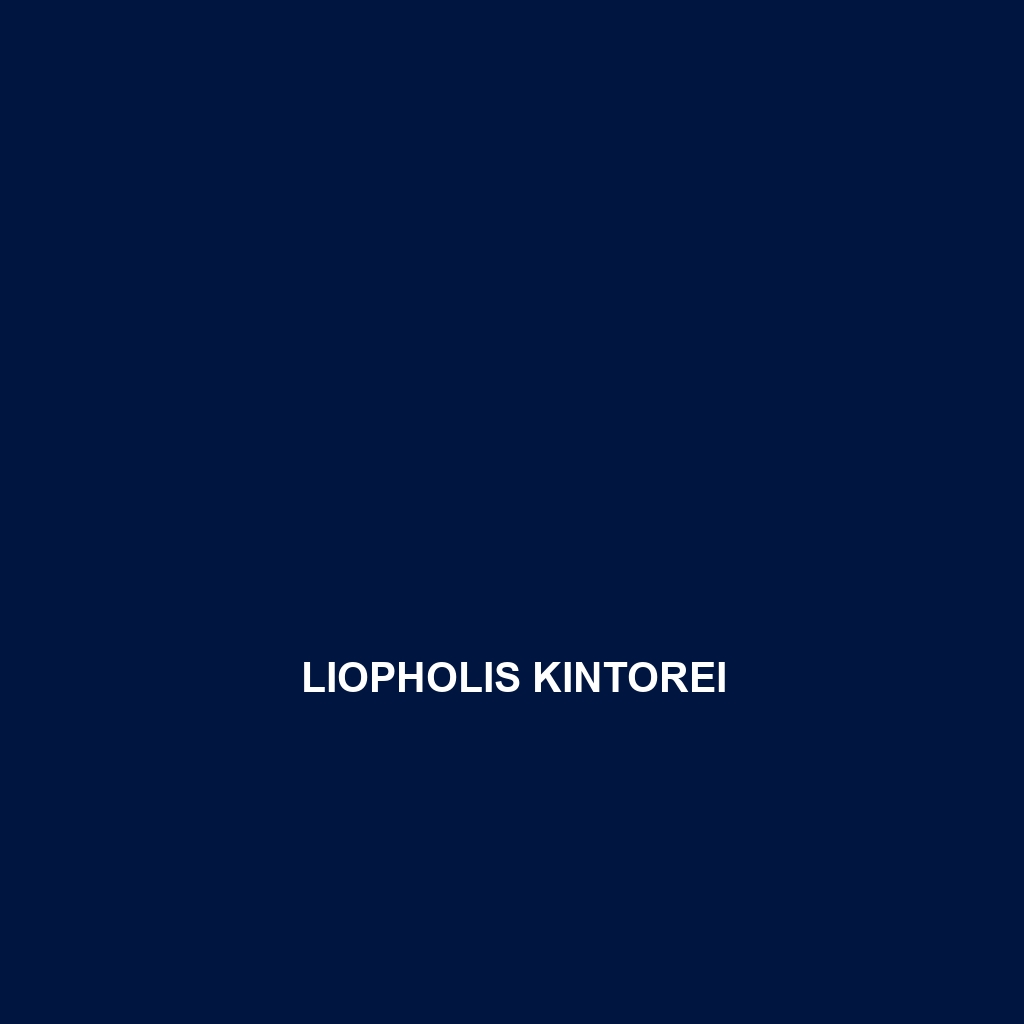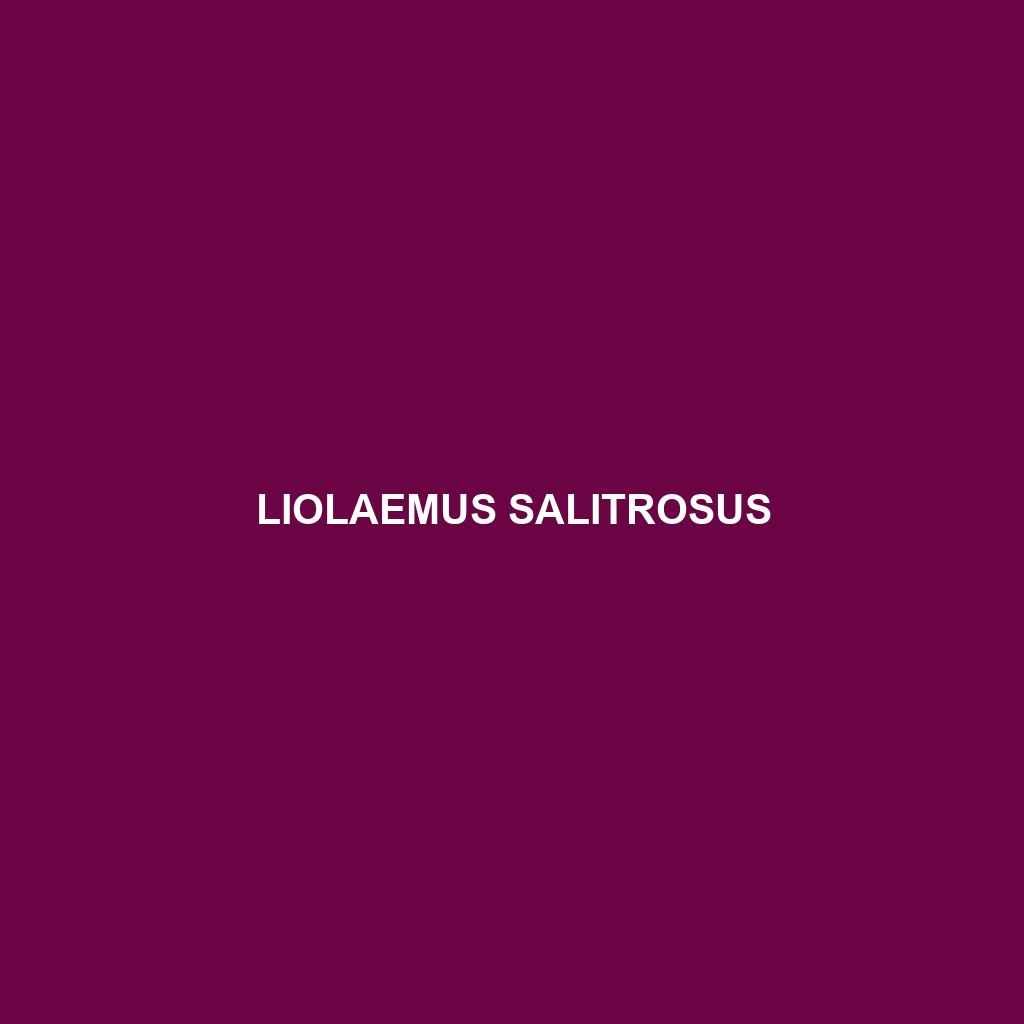<b>Phymaturus extrilidus</b> is a medium-sized lizard native to the arid regions of <a href="https://en.wikipedia.org/wiki/Argentina">Argentina</a>, particularly in <a href="https://en.wikipedia.org/wiki/Neuqu%C3%A9n_Province">Neuquén</a>, known for its robust body, flattened shape, and ability to adapt to harsh environments. This species plays a crucial role in its ecosystem as an insectivore, helping to regulate insect populations while exhibiting unique behaviors during mating.
Tag: rocky outcrop habitats
Phymaturus camilae
Discover the unique Phymaturus camilae, a robust lizard from Argentina's Andes, measuring 20-25 cm and characterized by its distinctive coloration and spikes. This diurnal omnivore thrives in rocky, arid environments, playing a vital role in its ecosystem by controlling insect populations and contributing to plant diversity.
Phrynocephalus helioscopus
<p>The <b>sun-scaled agama</b> (<i>Phrynocephalus helioscopus</i>) thrives in the arid regions of Central Asia, showcasing a flattened body and unique sun-scaled pattern that aids in camouflage and thermoregulation. This insectivorous lizard is active by day, exhibiting territorial behavior and engaging in elaborate courtship rituals during the breeding season.</p>
Paralaudakia microlepis
The Paralaudakia microlepis, known as the microlepis rock lizard, is a slender, diurnal reptile native to the arid regions of Central Asia, featuring a brown or gray coloration with distinctive lighter stripes. Primarily insectivorous, this lizard plays a vital role in its ecosystem by regulating insect populations and serving as prey for larger predators.
Liopholis kintorei
Introducing the Liopholis kintorei, or Centralian rough knob-tail gecko, a robust, nocturnal insectivore native to the arid savannas and woodlands of Australia. This unique species, known for its distinctive camouflage and regenerative tails, plays a crucial role in its ecosystem by controlling insect populations and serving as prey for larger predators.
Liolaemus salitrosus
Discover the remarkable <b>Liolaemus salitrosus</b>, a slender, insectivorous lizard thriving in the harsh, saline deserts of northern Chile, characterized by its sandy brown and green camouflage, specialized toe pads for navigating rocky terrains, and unique adaptations that allow it to flourish in extreme environments. This vulnerable species plays a crucial role in its ecosystem, balancing insect populations and contributing to biodiversity.
Liolaemus pseudoanomalus
<p><b>Liolaemus pseudoanomalus</b> is a moderate-sized lizard found in temperate South American habitats, with a diet primarily consisting of insects and occasional plant matter. Known for its unique coloration and diurnal behavior, this species plays a vital role in controlling insect populations and aiding in seed dispersal within its ecosystem.</p>
Hemidactylus somalicus
<p>Discover the <b>Hemidactylus somalicus</b>, or Somali house gecko, a resilient insectivore native to arid landscapes in Somalia, known for its distinct camouflage, nocturnal behavior, and role in pest management. With its impressive climbing abilities and adaptability to human-inhabited environments, this gecko is crucial for regulating insect populations.</p>
Gehyra capensis
Common Name Gehyra capensis Scientific Name Gehyra capensis Habitat The Gehyra capensis, commonly known as the Cape gecko, is primarily found in southern Africa, particularly in countries such as South Africa, Namibia, and Botswana. This species thrives in a range of habitats, including savannas, temperate forests, and areas with subtropical climates. The Cape gecko often […]
Eirenis eiselti
<p><b>Eirenis eiselti</b>, commonly known as the desert snake, is a carnivorous species found in arid regions, characterized by its slender body, excellent camouflage, and nocturnal hunting habits. Typically reaching lengths of 60 to 90 cm, it plays a vital role in its ecosystem by regulating prey populations while displaying fascinating reproductive and defensive behaviors.</p>









